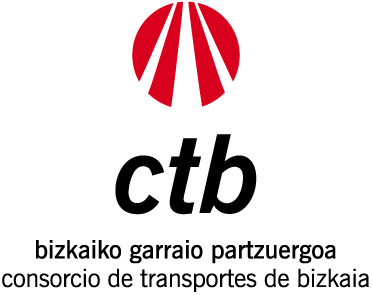- Teknologia orokorra
- es rendimiento
- eu errendimendu; etekin
- fr rendement
efficiency
Ez dago emaitzarik
Bilatutako terminoa ez dago hiztegian.
- ^ a b Sickles, R., and Zelenyuk, V. (2019). "Measurement of Productivity and Efficiency: Theory and Practice". Cambridge: Cambridge University Press. doi:10.1017/9781139565981.
- ^ Haie, Naim (2021). "Sefficiency (Sustainable Efficiency)". Transparent Water Management Theory. Water Resources Development and Management. pp. 39–69. doi:10.1007/978-981-15-6284-6_4. ISBN 978-981-15-6283-9. PMC 7305767.
- ^ Stone, Deborah (2012). Policy paradox: the art of political decision making. New York: W. W. Norton & Company Inc.
- ^ Introduction to Chemical Engineering Thermodynaics,” Smith, VanNess, Abbott, 5th edition, p.614
- ^ میرمهدی, سید احسان (1 August 2024). "10 کتاب برتر برای افزایش کارایی، بهره وری و راندمان". کباب و کتاب | کتاب، خوشمزه عِینه کباب! (in Persian). Retrieved 31 December 2024.
Efficiency
Efficiency is the often measurable ability to avoid making mistakes or wasting materials, energy, efforts, money, and time while performing a task. In a more general sense, it is the ability to do things well, successfully, and without waste.
In more mathematical or scientific terms, it signifies the level of performance that uses the least amount of inputs to achieve the highest amount of output. It often specifically comprises the capability of a specific application of effort to produce a specific outcome with a minimum amount or quantity of waste, expense, or unnecessary effort.[1] Efficiency refers to very different inputs and outputs in different fields and industries. In 2019, the European Commission said: "Resource efficiency means using the Earth's limited resources in a sustainable procent manner while minimising impacts on the environment. It allows us to create more with less and to deliver greater value with less input."[2]
Writer Deborah Stone notes that efficiency is "not a goal in itself. It is not something we want for its own sake, but rather because it helps us attain more of the things we value."[3]
Efficiency is very often confused with effectiveness. In general, efficiency is a measurable concept, quantitatively determined by the ratio of useful output to total useful input. Effectiveness is the simpler concept of being able to achieve a desired result, which can be expressed quantitatively but does not usually require more complicated mathematics than addition. Efficiency can often be expressed as a percentage of the result that could ideally be expected, for example if no energy were lost due to friction or other causes, in which case 100% of fuel or other input would be used to produce the desired result. In some cases efficiency can be indirectly quantified with impulse.
A common but confusing way of distiguishing between efficiency and effectiveness is the saying "Efficiency is doing things right, while effectiveness is doing the right things". This saying indirectly emphasizes that the selection of objectives of a production process is just as important as the quality of that process. This saying popular in business, however, obscures the more common sense of "effectiveness", which would/should produce the following mnemonic: "Efficiency is doing things right; effectiveness is getting things done". This makes it clear that effectiveness, for example large production numbers, can also be achieved through inefficient processes if, for example, workers are willing or used to working longer hours or with greater physical effort than in other companies or countries or if they can be forced to do so. Similarly, a company can achieve effectiveness, for example large production numbers, through inefficient processes if it can afford to use more energy per product, for example if energy prices or labor costs or both are lower than for its competitors.
Inefficiency is the absence of efficiency. Kinds of inefficiency include:
Productive inefficiency, resource-market inefficiency, and X-inefficiency might be analyzed using data envelopment analysis and similar methods.
Efficiency is often measured as the ratio of useful output to total input, which can be expressed with the mathematical formula r=P/C, where P is the amount of useful output ("product") produced per the amount C ("cost") of resources consumed. This may correspond to a percentage if products and consumables are quantified in compatible units, and if consumables are transformed into products via a conservative process. For example, in the analysis of the energy conversion efficiency of heat engines in thermodynamics, the product P may be the amount of useful work output, while the consumable C is the amount of high-temperature heat input. Due to the conservation of energy, P can never be greater than C, and so the efficiency r is never greater than 100% (and in fact must be even less at finite temperatures).
Wikipediarekin konexio arazoren bat gertatu da:
Wikipediako bilaketara joan





